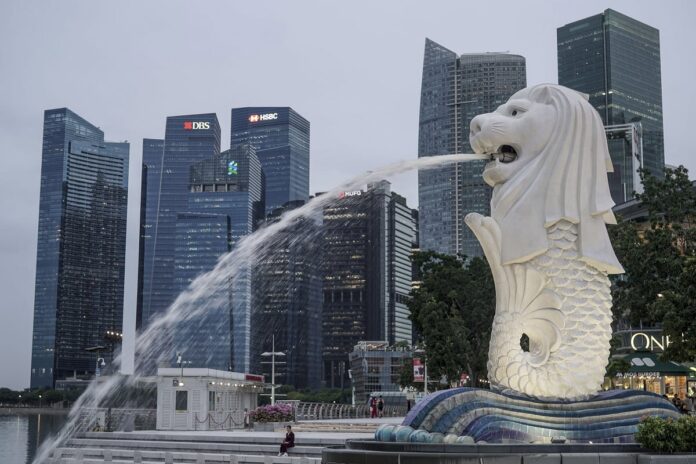Without immigration, Singapore might experience a population decline within the next decade, significantly impacting the workforce and economic vibrancy. On Monday, a media report highlighted this potential demographic shift. Minister in the Prime Minister’s Office Indranee Rajah, responding to a parliamentary question on September 9, stated that current trends suggest citizen deaths could surpass births by the early 2030s. There were 24,726 citizen deaths in 2023, a sharp 40 per cent rise from 17,691 deaths in 2014. Meanwhile, citizen births dropped 13 per cent over the same period, with 28,877 births in 2023 compared to 33,193 in 2014.
Citizen births are defined as babies born to at least one Singaporean parent, granting them automatic citizenship. Indranee’s reply underscored that these projections aim to highlight potential population trends based on prevailing demographic assumptions, which may or may not come to fruition.
Dr Tan Poh Lin, a senior research fellow at the Institute of Policy Studies, remarked that the exact year when deaths exceed births is less important than the growing gap between the two. This rapid demographic shift could hinder societal and economic adaptation. Associate Professor Walter Theseira from the Singapore University of Social Sciences warned that a shrinking population would lead to a declining resident labour force and stagnant or shrinking markets for economic activities tied to population size. He pointed out that sectors like food and beverage and retail, dependent on domestic consumption, would suffer significantly.
DISTURBING: The most vaxxed country on earth is now facing a population crisis.
Singapore officials have tried to gaslight the public, but the numbers don’t lie.
Not only are excess deaths skyrocketing, but birth rates are also plummeting.
The cause of this appears to be… pic.twitter.com/PXwYeDDBW0
— “Sudden And Unexpected” (@toobaffled) August 12, 2024
Dr Leong Chan-Hoong, leading the Social Cohesion Research Programme at the S. Rajaratnam School of International Studies at Nanyang Technological University, noted that an ageing population could also impose a heavier tax burden on the working-age population.
Singapore’s population reached 5.92 million by June 2023, a 5 per cent increase from 5.64 million the previous year. Between June 2022 and June 2023, the citizen population grew by 1.6 per cent to 3.61 million, and the permanent resident population rose by 3.7 per cent to 0.54 million. The non-resident population, including foreign workers and students, saw a 13.1 per cent increase from 1.56 million in June 2022 to 1.77 million in June 2023, according to the Population-In-Brief 2023 report.
What Other Media Are Saying
- ETHOS Issue 01 highlights Singapore’s ageing population challenges, focusing on economic growth, job limitations, and the need for sustained productivity and immigration policies to offset demographic changes and social security constraints. (Read more)
- S&P Global Market Intelligence highlights Singapore’s economy being hit by slumping exports, particularly electronics, due to weak global demand and significant declines in key sectors like pharmaceuticals and precision engineering. (Read more)
Frequently Asked Questions
Here are some common questions asked about this news
What could happen to Singapore’s population in 10 years without immigration?
Singapore’s population could shrink without immigration in about 10 years.
When might citizen deaths exceed citizen births in Singapore?
Citizen deaths could exceed citizen births in the first half of the 2030s.
How has the number of citizen deaths changed from 2014 to 2023?
Citizen deaths increased by 40%, from 17,691 in 2014 to 24,726 in 2023.
What are the economic implications of a shrinking population in Singapore?
A shrinking population could lead to a declining resident labour force and stagnant or declining domestic markets.
How did Singapore’s non-resident population change from June 2022 to June 2023?
The non-resident population grew by 13.1%, from 1.56 million to 1.77 million.



